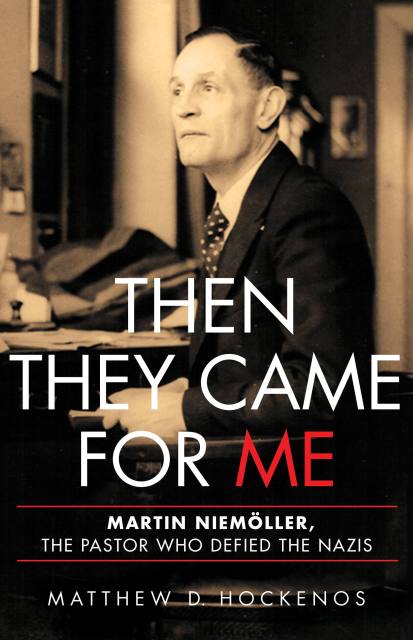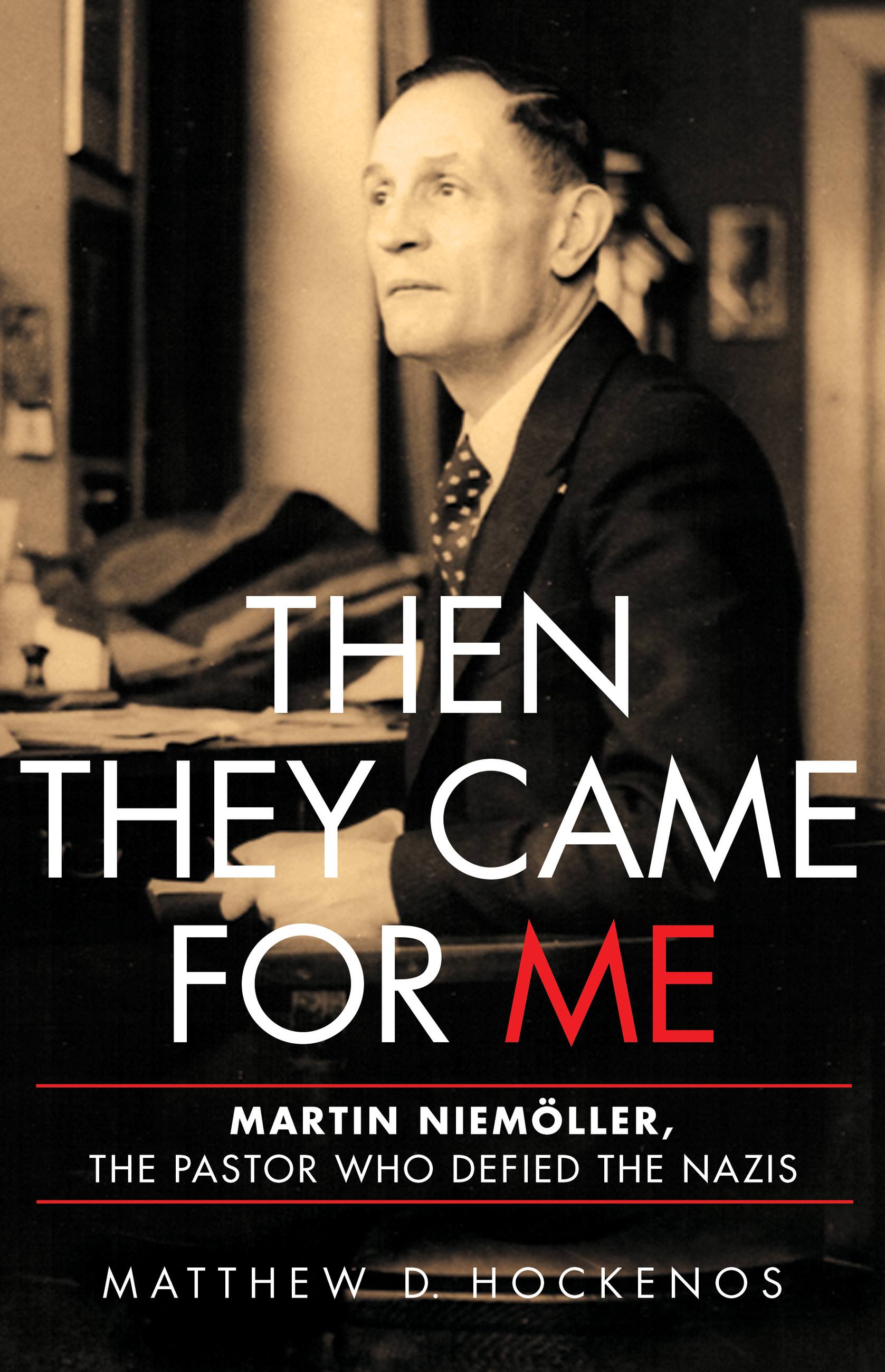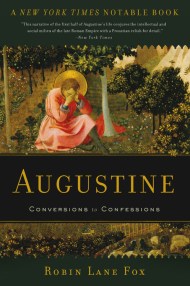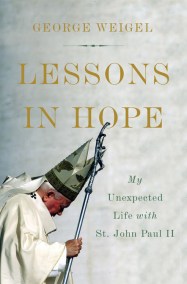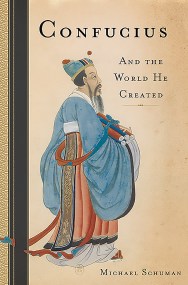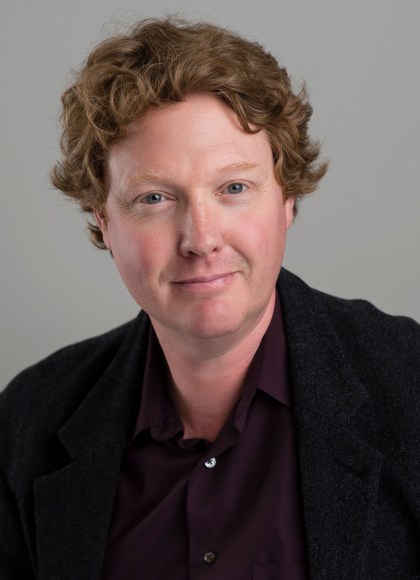Promotion
25% off sitewide. Make sure to order by 11:59am, 12/12 for holiday delivery! Code BEST25 automatically applied at checkout!
By clicking “Accept,” you agree to the use of cookies and similar technologies on your device as set forth in our Cookie Policy and our Privacy Policy. Please note that certain cookies are essential for this website to function properly and do not require user consent to be deployed.
Then They Came for Me
Martin Niemöller, the Pastor Who Defied the Nazis
Contributors
Formats and Prices
- On Sale
- Sep 18, 2018
- Page Count
- 336 pages
- Publisher
- Basic Books
- ISBN-13
- 9780465097876
Price
$19.99Price
$25.99 CADFormat
Format:
- ebook $19.99 $25.99 CAD
- Hardcover $35.00 $46.00 CAD
This item is a preorder. Your payment method will be charged immediately, and the product is expected to ship on or around September 18, 2018. This date is subject to change due to shipping delays beyond our control.
Buy from Other Retailers:
Few today recognize the name Martin Niemör, though many know his famous confession. In Then They Came for Me, Matthew Hockenos traces Niemör’s evolution from a Nazi supporter to a determined opponent of Hitler, revealing him to be a more complicated figure than previously understood.
Born into a traditionalist Prussian family, Niemör welcomed Hitler’s rise to power as an opportunity for national rebirth. Yet when the regime attempted to seize control of the Protestant Church, he helped lead the opposition and was soon arrested. After spending the war in concentration camps, Niemör emerged a controversial figure: to his supporters he was a modern Luther, while his critics, including President Harry Truman, saw him as an unrepentant nationalist.
A nuanced portrait of courage in the face of evil, Then They Came for Me puts the question to us today: What would I have done?
-
"[A] clear-eyed biography.... Hockenos's portrait sheds valuable light on a man and a society willing to overlook the sins of a leader whose interests initially seemed to dovetail with their own."New Yorker
-
"A supremely nuanced account of an enigmatic figure."Winnipeg Free Press
-
"Hockenos provides an honest view of Niemöller's heroic and not-so-heroic sides."CHOICE
-
"Using extensive research, Hockenos writes a nuanced, well-rounded analysis of Niemöller's transformation from fervent nationalist and supporter of the Nazi regime to opponent of Hitler's attempts to control the Lutheran Church in Germany."Library Journal
-
"Hockenos's impressively nuanced study captures a major 20th-century religious leader and his contradictions."Publishers Weekly
-
"A valuable study in individual resistance to tyranny."Kirkus Reviews
-
"In this engaging biography, Matthew Hockenos explores the many lives of Niemoller as he evolved from U-boat captain to clergyman to critic of Hitler to defender of the German people. Combining historical empathy with honest critical analysis, Hockenos masterfully demonstrates how a deeply flawed religious activist challenged an authoritarian political leader and changed the course of history."Matthew A. Sutton, author of American Apocalypse
-
"Martin Niemoeller is best-remembered as an outspoken critic of Nazi Germany. As Matthew Hockenos shows in this penetrating and fast-paced biography, he was also an ardent early supporter of Hitler. By showing how strongly Niemoeller identified the Nazi regime with Germany's spiritual as well as political rebirth, Hockenos asks us to rethink what we understand about the nature of consent and opposition in Nazi Germany."Nicholas Stargardt, author of The German War
-
"In this riveting and searingly honest work of humane scholarship, Matthew Hockenos shows how a deeply flawed figure can nevertheless bequeath a moral legacy of timeless relevance. The complex, if 'ordinary,' Niemoller merits a superb biography, and now has it."James Carroll, author of Constantine's Sword and The Cloister
-
"Niemoller sunk Allied ships and called out for a Führer. He put God above Germany even though it was the same God who had cursed the Jews. In many ways, he was 'too German' and 'too Lutheran'--even in a concentration camp for the dissidence of his sermons, Niemoller volunteered to fight in Hitler's army. Hockenos makes sense of these jarring contradictions, portraying a remarkable, self-critical man in a highly readable but also critical biography. Readers will turn the pages of this book just as history turned the pages of Niemoller's life."Peter Fritzsche, author of An Iron Wind
-
"Then They Came for Me is a moving and surprising look at Martin Niemoller. Based on extensive research and a profound understanding of history, it reveals Niemoller as a complex and flawed hero who embodied the nationalism, antisemitism, and militarism of his German Protestant surroundings but nonetheless proved able to change. Hockenos's wise and unsentimental biography is sure to challenge, inform, and entertain every reader."Doris L. Bergen, author of War and Genocide
-
"A well-told story of faith, personal courage and repentance that speaks to a nation's journey through delusion and horror to contrition. With skill that weaves his deep research and knowledge of German history into a finely-knit biography, Matthew Hockenos takes us swiftly through Martin Niemoller's nine decades, from his origins in a family of monarchist, anti-Semitic, Lutheran ministers through his career as a naval officer and U boat commander, from his early support for the Nazis to his disillusionment and 8 years in concentration camps through his evolution into a pacifist icon and moral authority in turbulent post-war Germany."Ethan Michaeli, author of The Defender
Newsletter Signup
By clicking ‘Sign Up,’ I acknowledge that I have read and agree to Hachette Book Group’s Privacy Policy and Terms of Use
